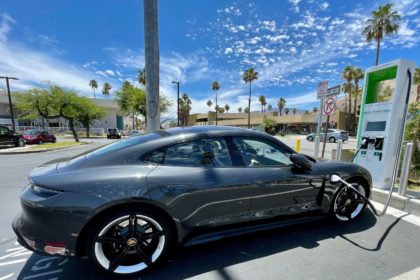
Trends in LA/SoCal related to Electric Vehicles
Recently, electrical vehicles and their benefits, drawbacks, cultural acceptance, and environmental impact have become a household topic for many. For years, the SoCal EV market has been gaining traction and producing countless innovations, often in Southern California; there are currently numerous SoCal EV trends which are popular in the market.
Much of the push towards electric vehicles began and continues at its epicenter, a cluster in Los Angeles. Countless electric vehicle (EV) companies and related businesses have popped up all over this area.
Los Angeles currently holds the world lead with over 100,000 cumulative electric vehicle sales, while Shanghai, Beijing, Oslo, and San Francisco each have more than 50,000 electric vehicle sales, according to the ICCT.
Narrowing into the myriad of EV companies and startups, some important players include Rivian, Mullen, Faraday Future, Fisker, and XOS, just to name a few. Additionally, competition is growing amongst EV-related companies: charging stations, technology, financing, etc. As Plugshare reports, “The city of Los Angeles in California has 3,839 public charging stations, 536 of which are free EV charging stations.
Los Angeles has a total of 332 DC Fast Chargers, 81 of which are Tesla Superchargers.” The numbers and popularity of electric vehicles in SoCal only continues to rise and are projected to do so for a while. Accompanying that popularity is the rise of industries related to this changing landscape.
In fact, over the past 10 years, California’s annual sales of plug-in electric vehicles have risen from 7,000 in 2011 to more than a quarter of a million sold in 2021, making up more than 12 percent of all light vehicle sales last year. California also leads the nation in all other zero-emission vehicle metrics, a case that positively reflects these government restrictions in their goal to phase out the current destructive fuel-reliant, car-heavy system.
By 2027, the electric vehicle market is projected to be worth $2.5 trillion, with a compound annual growth rate of 34%, according to a Meticulous Research report. (OC Register) It found that the EV industry had 119,200 workers in 2018, and five counties accounted for 43% of California’s EV jobs. Around 50 EV models are available today, and nearly 130 models are expected by 2023, according to the Edison Electric Institute, a trade association for electric companies. This signifies that more and more jobs will also be available.
Automakers are preparing for the boom, too. General Motors, Ford, Hyundai, Kia, Volkswagen and others plan to have a full line of EVs in the next 15 years. GM promises to offer 30 new EVs by 2025, including the Hummer EV pickup. Ford unveiled its F-150 Lightning pickup earlier this year.
Volvo’s entire lineup will be electric by 2030, and Mercedes-Benz said on July 22 it expects EVs and plug-in hybrids to account for half of its sales by 2025. Around 50 EV models are available today, and nearly 130 models are expected by 2023, according to the Edison Electric Institute, a trade association for electric companies. (OC Register)
“EV developers in the region include Gardena-based Faraday Future, which went public Thursday, July 22, as a special purpose acquisition company, or SPAC. It plans to start production of its first car, the luxury FF-91, next year with a price tag well over $100,000.”
Whether luxury or more affordable electric cars, or even hybrid cars are your style, it’s important to keep in mind that these Earth-friendlier machines are still very out of reach for much of the world, and even much of the U.S. population. The issues associated with this reality, including worsened economic inequality in society, are only beginning to tip the iceberg, in which we must investigate which class is having the largest impact on the environment.
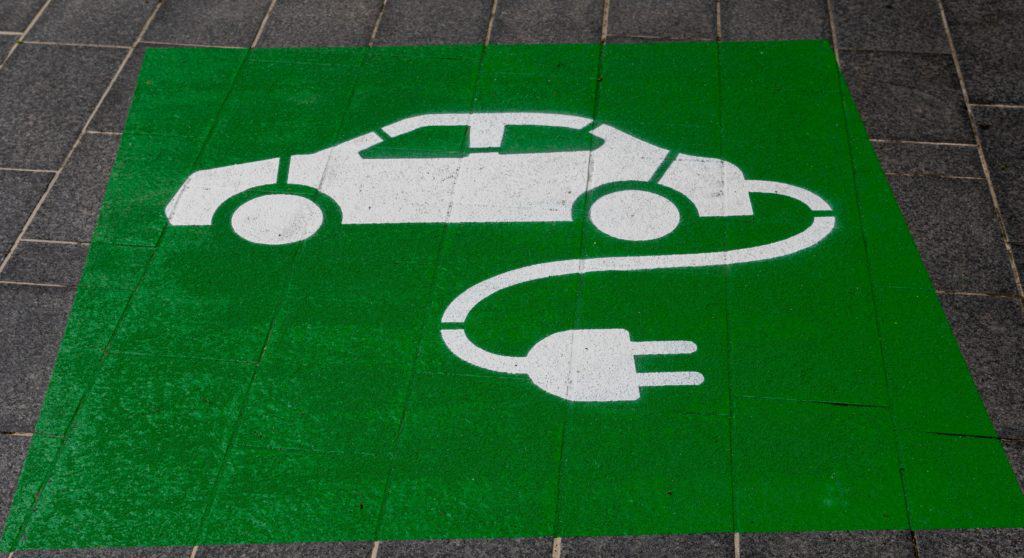
How is the government involved?
As is often true when a specific industry starts booming in a certain area, the government is behind the scenes. The Socal electrical vehicle and Los Angeles electrical vehicle trends are increasing in popularity, and the California government’s many proposed restrictions and regulations would further this eco-friendlier trend.
The new mandate would limit the sale of gasoline cars and increase EV sales moving forward. This would contribute toward the goals of cleaner air, curbing climate change, and a healthier world.
“The rules would mandate increased sales of electric or other zero-emission vehicles in California, beginning with 35% of 2026 models. In 2035 sales of all new gas-powered cars would be banned. Currently, only about 12% of new car sales in California are zero-emission vehicles.” (Cal Matters)
California’s groundbreaking proposal would require all new cars to be sold to complete with zero-emissions standards by 2035. This would make it the first state to mandate the phaseout of gas-powered vehicles, thus decreasing the prevalence of gas-burning cars.
As the LA Times says, this is a very necessary mandate to avoid the worst possible outcome of planetary disaster, but the effort could be higher. “Some environmental groups have called on them to set a sales target of at least 75% zero-emission vehicles by 2030. Others have called for reaching 100% by 2030, a goal the state of Washington has set (but not mandated) to end the sales of new gas-fueled cars.” (LA Times)
Currently, 12 states have adopted the ZEV Program to lessen emissions: California, Colorado, Connecticut, Maine, Maryland, Massachusetts, New Jersey, New York, Oregon, Rhode Island, Vermont and Washington. The ZEV program requires increasing sales of ZEVs in the next ten years, according to the Vermont DEC.
Thanks to Los Angeles’ own aggressive “Green New Deal” and the consequent partnerships with local EV companies, 10,000 chargers are available across the city; this growing trend is constantly attracting new companies to the area. Things like installation, charging equipment, fuel cells, and vehicle charging are just a few aspects.
Also, President Joe Biden recently laid out a $2.25 trillion infrastructure plan focused on clean energy that could bring billions of dollars into the electric car economy. It allocates $174 billion in spending toward electric vehicles and infrastructure. This announcement has encouraged even more entrepreneurs, investors, creators, and businesses to move into the region. LA EV startups are a dime a dozen, but it’s an opportune time.
This is a lot of food for thought, and as Dot.la points out, the following challenges exist:
- Mayor Eric Garcetti’s office estimates there are 62,851 electric cars being driven in LA. That’s less than 1% of the total of cars registered in the county last year, according to the DMV.
- If the goal (25% of LA’s cars being zero emissions by 2025) is to be completed, tens of thousands of Angelenos would need to buy an electric vehicle soon.
- Perhaps the city’s goals don’t value the fact that most LA residents aren’t in a position to buy a new car, let alone an electric car.
Why is this important environmentally?
The movement away from fuel-burning cars is an important first step in saving the planet and humankind. Global environmental groups and scientists from many fields have been sounding the alarm for decades, and many people are now extremely worried about the trajectory in which humans are taking the Earth. Governments have the control necessary to enact real change, so California is a leader in this regard, although some would say that it’s too little too late.
This level of widespread change is difficult as California residents and vehicle owners may be experiencing. LA Times says: “Speed is of the essence because we are running out of time to act on climate change and California is not on track to meet its legal obligation to cut greenhouse gas emissions to 40% below 1990 levels by 2030. Passenger vehicles are the state’s single largest source of greenhouse gas emissions, responsible for about one-quarter of its climate pollution.”
Car and truck emissions contribute massively to the hole in the ozone, climate change/extreme weather, air pollution, and more. It is essential to the survival of humans and the planet for companies and individuals- especially in the Global North- to completely change our lifestyles and the number of resources we utilize, and that includes the cars we drive. However apprehensive or ready people are, with mandates, companies are already jumping on board.
As LA Times informs, General Motors, the largest U.S. auto manufacturer, was encouraged by the recent mandates, and has already announced its plan to sell solely zero-emission cars by 2035. Other important companies such as Ford, Volvo, and Mercedes-Benz have pledged to work toward ending their sale of regular cars globally by 2040, and by 2035 in leading markets.
Unfortunately, and to the discouragement of many, the current proposal would only reach an 8% reduction in carbon dioxide emissions by 2030, the exact year that climate scientists advise that global emissions need to be cut in half. Since a large number of cars stay on the road for at least 15 years, an estimated 56% of the vehicles on California’s roads will be gas-powered in 2035, the time when the sale of these cars would end. (LA Times)
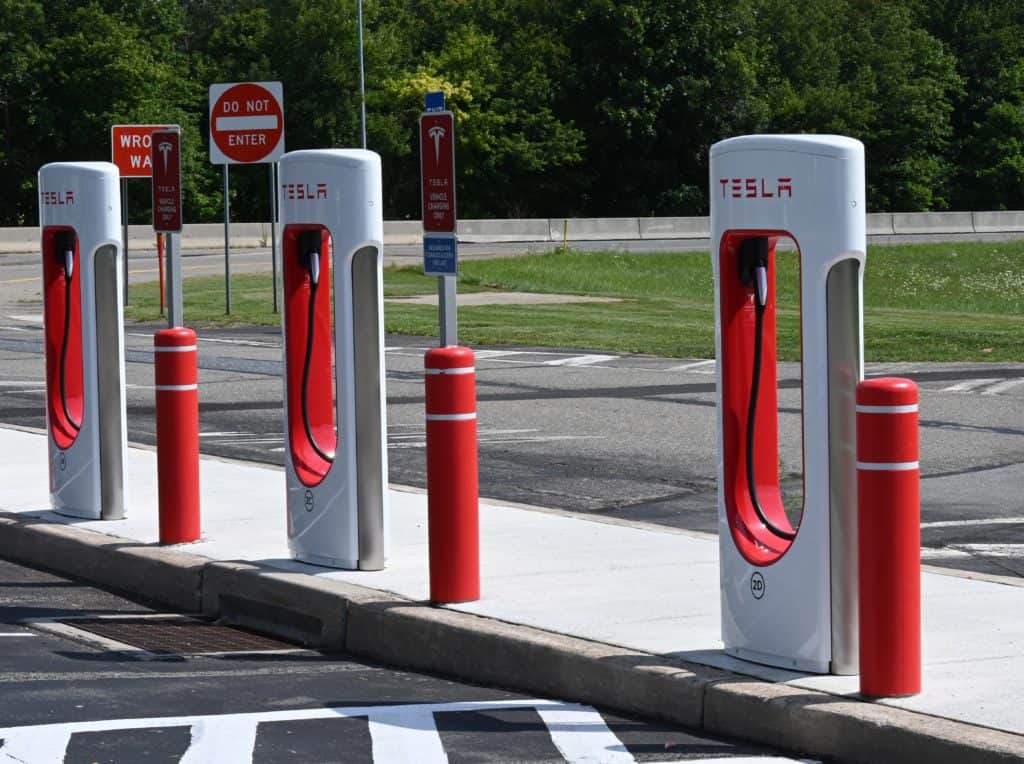
What is the socal edison rebate?
Moreover, California vehicle owners with eligible vehicles can take advantage of the federal and state rebates and incentives available to cut back costs. With this SoCal Edison Rebate, you may receive different benefits. Owning a new EV can qualify people for reduced electricity rates, or a tax credit, for example.
Here is an overview of some rebates which the Southern California Edison website lists:
- Pre-Owned EV Rebate (POEV)
- With SCE’s Pre-Owned EV Rebate, you could receive a $1,000 or $4,000 rebate based on household income. Apply within 180 days from the purchase or lease of a pre-owned EV to determine your eligibility.
- California Clean Fuel Reward (CCFR)
- SCE is proud to offer the California Clean Fuel Reward, a point-of-sale incentive of up to $750 on the purchase or lease of a new EV. Visit CCFR for details on participating manufacturers and dealerships.
- Clean Vehicle Rebate Project (CVRP)
- Be sure to check out the Clean Vehicle Rebate Project (CVRP). If you buy or lease an eligible new zero-emission or plug-in hybrid light-duty vehicle, you can get an additional rebate up to $4,500.
- Consumer Assistance Program
- The Consumer Assistance Program’s (CAP) vehicle retirement option offers eligible consumers an incentive to retire their operational vehicle. Consumers meeting the income eligibility requirement may receive $1,500 for each vehicle retired. All other vehicle owners may receive $1,000 to retire their vehicle at a BAR-contracted dismantler. To determine your eligibility and incentive amount, start the application process below.
- Replace Your Ride
- Replace your older, high-polluting vehicle with a hybrid or electric vehicle, and you could be eligible to receive up to $9,500. The program is limited to vehicle owners residing in the jurisdiction of the South Coast Management District who meet the income and vehicle requirements. (SCE)
Opportunities for startups
The areas of Southern California and Los Angeles are essentially the holy land for electric vehicles, EV startups, their innovation, trends, technology, sales… the list goes on. Arguably, there are innumerable opportunities for startups in the area. First of all, Southern California boasts a large pool of engineering and design talent. And it’s already a major base of operations for traditional automakers, including American Honda Motor Co. Inc. and Hyundai Motor America, which are also developing electric vehicles. (OC Register)
Giordano Sordini, the co-founder and chief operator of the esteemed company XOS, said that he and co-founder Dakota Semler grew up in SoCal, so starting the company there was a no-brainer. “I don’t think people realize how much industrial and manufacturing knowledge there is in L.A. With the history of aerospace and the ports, Los Angeles is really part of an industrial hub,” Sordoni said. (OC Register)
Plus, as OC Register points out, the development of the aforementioned “large cluster of electric vehicle companies” is the outcome of good policy in California for decades, from environmental legislation’s beginnings in the 1960s, to the emissions targets announced by Gov. Gavin Newsom in 2020. Therefore, it has grown a solid customer base and
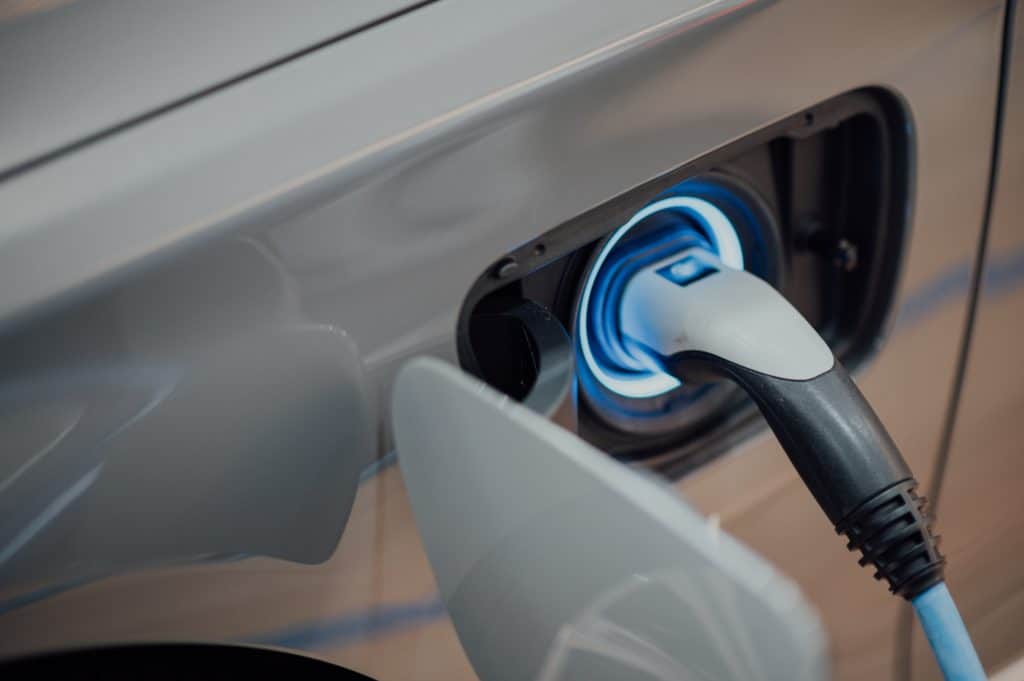
Who’s investing in EV in SoCal?
Because of the city’s bullish position on electric vehicles, a flood of different companies and players have bought stakes in the LA EV trend. The county already hosts several manufacturers, such as Faraday, Future, Canoo, and XOS trucks. One company, EVgo, moved to the city in 2017 and now operates 160 stations and 290 chargers across Los Angeles county, and more in construction. It also just announced its partnership with Uber to launch Uber Green in LA, which will provide discounted charging to Uber drivers with EVs.
Another innovative EV company that partners with the city of LA is Greenlots. It was acquired by Shell in 2019, and announced that it’s rolling out half a million charging stations over the next four years. Despite the numerous challenges, California is still the most prominent area for electric vehicles, and is home to 45% of the EVs in the U.S., according to a report by the California Energy Commission, as Dot.la says. SoCal remains the headquarters for everything EV related, including its investors up until now.
As Julia Thayne from the Mayor’s Office of Mobility and Innovation informed, “Los Angeles is now aiming to create another 15,000 charging stations by 2025.” Many of the stations are subsidized by the city’s Department of Water and Power. About 8,500 are located at offices or multi-unit apartment buildings. The city hopes that this encourages residents who don’t have access to a charger at home to consider electric vehicles. (Dot.la) Therefore, the charging stations are quite often funded by the city government.
For as long as electric vehicles have existed, Los Angeles has been a hub of innovation, opportunity, and history-making. Currently, we’re seeing a gold rush situation; all types of companies related to the manufacture, sale, and operation of EVs are forming a cluster in LA. Overall, it’s a positive move for the environment, due to gas vehicles being extremely polluting, and the overuse of cars in the SoCal area. This industry and the EV SoCal trend will presumably continue to grow in prevalence and profitability.
Reach out if you’re considering moving to or opening your company in an LA opportunity zone.
 English
English  Italiano
Italiano 
